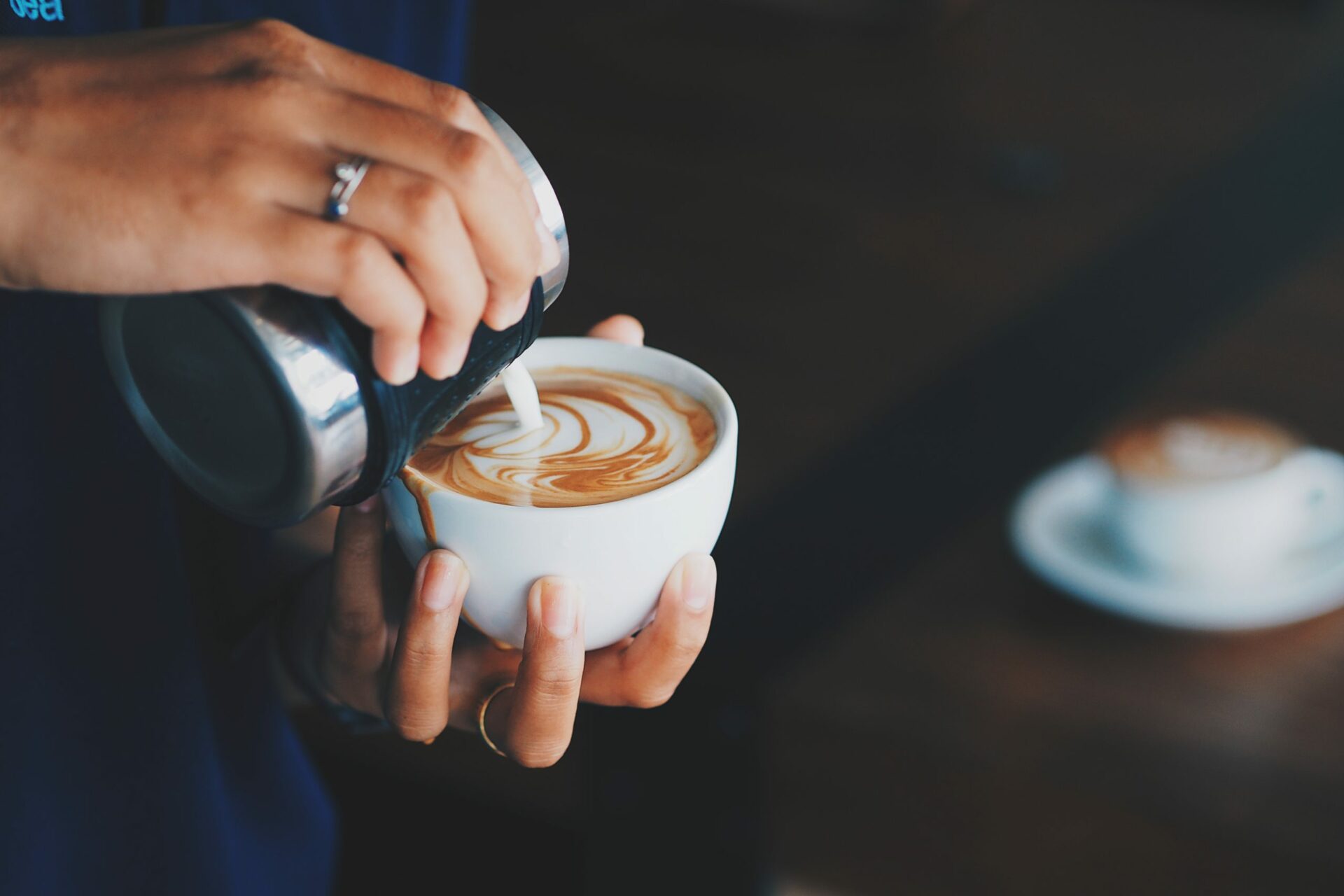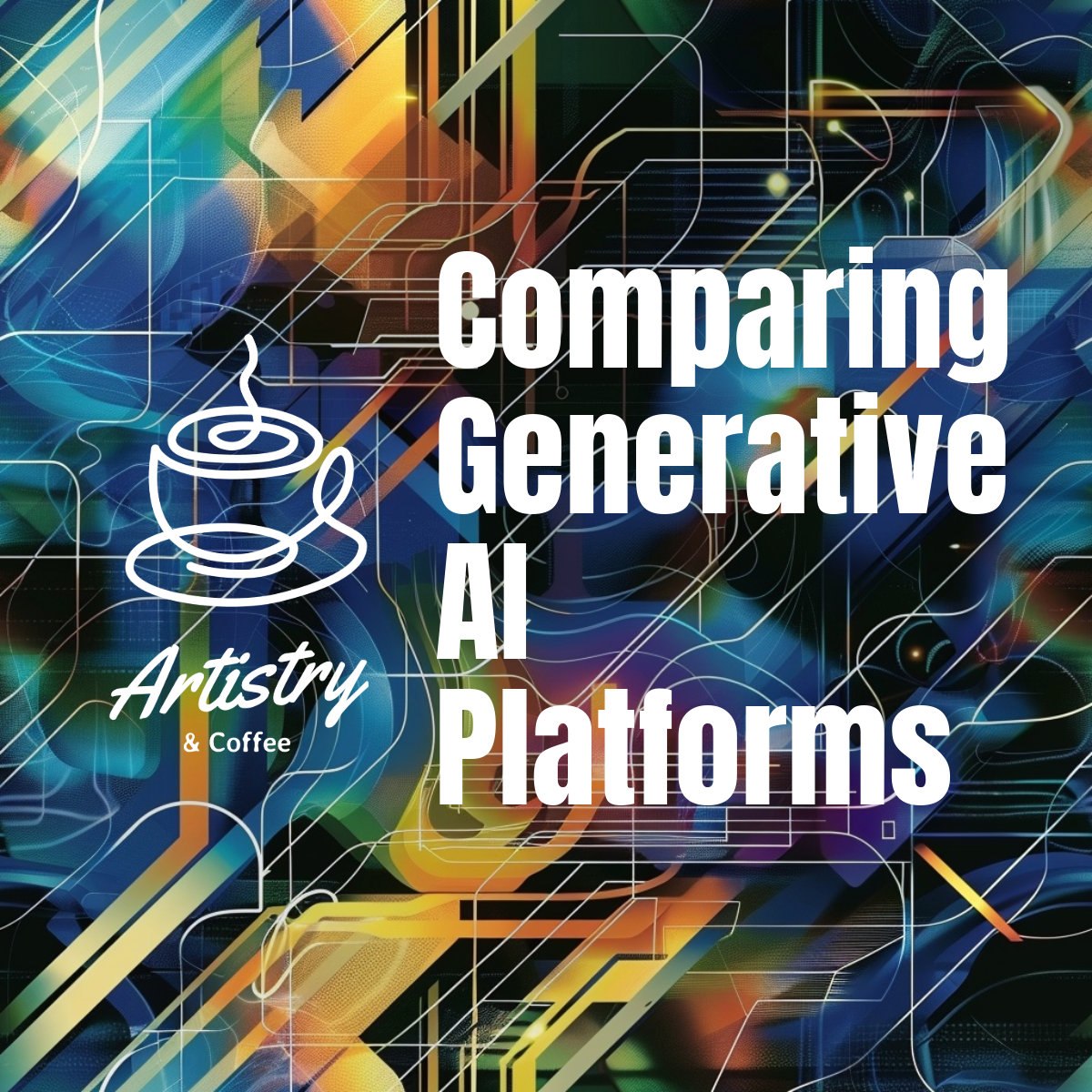The Aroma of Inspiration: Influence on Artistic Expression
Exploring the Role of Coffee Shops as Third Places in Creative Life
In today’s fast-paced, digital world, finding a place that offers a sense of community and inspiration can be challenging. This is where the concept of the “Third Place” comes in—a space that is neither home nor work, but somewhere people can gather, socialize, and be themselves. Coffee shops have emerged as quintessential Third Places, offering more than just a caffeine fix. They provide a unique environment where creativity flourishes and artistic expression is nurtured. This article explores how coffee culture and the ambiance of these Third Places play a pivotal role in fostering artistic expression. Think of your own third place, where do you spend most of your time away from home and work?
Understanding the Third Place
The term “Third Place” was coined by sociologist Ray Oldenburg in his 1989 book, *The Great Good Place*. A Third Place is a social environment distinct from the two usual social environments of home and work. Key characteristics of Third Places include accessibility, a sense of comfort, and a feeling of community. These spaces are inclusive and welcoming, often serving as a “home away from home.”
In contemporary society, coffee shops epitomize the Third Place concept. They offer a relaxed atmosphere where people can gather to work, socialize, or simply unwind. This blend of accessibility and community makes coffee shops ideal environments for fostering creativity and artistic expression.
Coffee Shops as Creative Sanctuaries
Coffee shops naturally embody the principles of the Third Place concept. They are accessible to all, often located in central areas, and welcome a diverse clientele. The ambiance of coffee shops—characterized by cozy seating, warm lighting, and the comforting aroma of coffee—creates an inviting space for creativity.
Many coffee shops are designed to foster a sense of calm and inspiration, making them popular spots for artists, writers, and musicians. For example, Les Deux Magots in Paris was a favorite haunt of Picasso and Hemingway, while Café de Flore has long been associated with the French literary elite. These establishments not only provided a place to sip coffee but also served as creative hubs where ideas flowed as freely as the espresso.
Personally, finding a local coffee shop that one can simply exist for any length of time is a great pursuit. Once found you will find yourself coming there over and over again, just to get that sense of calm that is present no where else in your life as that extra space to reach into your creative realm allows you to shape your reality in just the smallest part.

The Ritual of Coffee in the Third Place
The rituals associated with coffee consumption in Third Places add to their appeal as creative sanctuaries. The process of ordering, brewing, and savoring a cup of coffee is itself a sensory experience that can enhance creativity. The rich aroma of freshly ground beans, the warmth of a cup in hand, and the complex flavors of a well-brewed coffee stimulate the senses and the mind.
In coffee shops, coffee often acts as a social lubricant, breaking down barriers and facilitating conversation. For artists, these interactions can lead to collaboration and the exchange of ideas. The simple act of sharing a table or a conversation over coffee can spark new creative ventures and collaborations, reinforcing the role of coffee as a catalyst for artistic expression.
Artistic Expression in Coffee Shops
Coffee shops are not just places to consume coffee; they are also spaces where artistic expression comes to life. Many artists use coffee shops as informal studios, sketching or writing amidst the bustling atmosphere. The ambiance of a coffee shop, from the hum of conversation to the eclectic mix of patrons, provides rich material for observation and inspiration.
Numerous coffee shops actively promote artistic expression by hosting exhibitions, open mic nights, and art classes. For instance, Café Grumpy in New York is known for its rotating art exhibits, while Portland’s Albina Press frequently hosts poetry readings and live music. These events not only showcase local talent but also create a dynamic environment where art and coffee culture intersect.

Coffee-Inspired Artwork and Community Engagement
The relationship between coffee and art extends beyond the walls of the coffee shop. Many artists find inspiration in coffee itself, creating coffee-themed artwork that explores the cultural and sensory aspects of the beverage. From intricate latte art to paintings and photography, coffee continues to inspire artistic endeavors.
Coffee shops often engage with their communities by hosting art-related events and workshops. These initiatives, such as art classes or open mic nights, provide platforms for local artists to share their work and connect with audiences. For example, The Wormhole Coffee in Chicago hosts monthly art shows featuring local artists, while The Coffee House in Lincoln regularly organizes community art projects. These activities reinforce the role of coffee shops as vibrant centers of creativity and community engagement.
Embracing your Third Place
The symbiotic relationship between coffee culture, the Third Place concept, and artistic expression is evident in the vibrant life of coffee shops. These dynamic spaces nurture creativity by providing a welcoming environment, fostering social interaction, and inspiring artistic endeavors. As Third Places, coffee shops play a crucial role in modern society, offering a haven for creativity and community. Whether you are an artist seeking inspiration or simply a lover of coffee, exploring your local coffee shop as a Third Place can open up new avenues for connection and creativity. Embrace the aroma of inspiration and discover how coffee can fuel your artistic journey.


